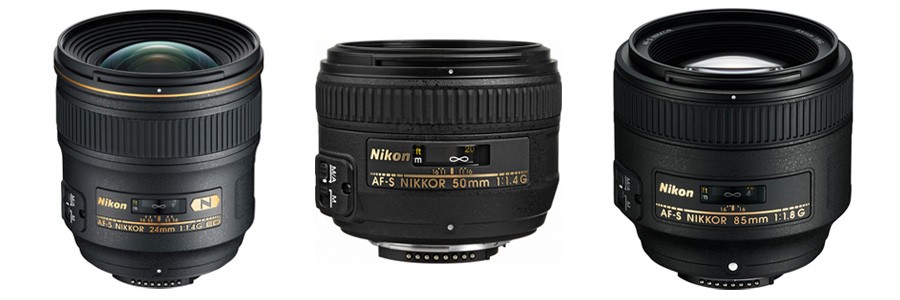First off, there are cases – events, such as press conferences, parades, sporting events, concerts, ceremonies, etc. – in which zoom lenses are absolutely necessary as you can only shoot from a single spot and do not have free range of motion. Zoom lenses make it easier to capture an assortment of images, from tight close-ups to mid-range and wide angle shots. I don’t shoot at the above-mentioned events, so for my photography, I prefer using prime (non-zoom or fixed focal length) lenses. Below are five reasons I prefer shooting with prime lenses.
Creativity
When people use zoom lenses, they can become lazy and rely on the capabilities of their lens too much. Instead of searching for the best perspective, they simply zoom in and out until they find something suitable. I prefer shooting with prime lenses, as I am forced to move around and examine a wide variety of perspectives, finding the optimal perspective for the focal length of my lens. This ensures I am not lazy and don’t just “zoom in and out.”
Faster Lenses
Prime lenses tend to be faster than their zoom counterparts. Fast lenses (think f/1.4 and f/1.8) enable higher shutter speeds and reduced depth of field, which can be useful in low-light situations and for enhanced creativity in portraiture and macro photography. The bokeh (or aesthetic quality of the blur produced in the out-of-focus parts of an image produced by a lens) is really nice on the fast primes, and provides extra depth to your images.
Price
Prime lenses are built more simply and with fewer glass elements and moving parts in them than zooms, making them generally less expensive. Don’t get me wrong, some prime lenses are very pricey, but overall they are less than zooms. A 50mm prime lens from Nikon and Canon provides exceptional quality for a small amount of money, and is a great lens for beginners and professionals.
Weight
Lugging around a ton of photography gear is tiring and grows old really quickly. In some cases, it is essential to have all kinds of gear, some of which is heavy and rather unpleasant to carry. Prime lenses generally weigh less than zooms, and this can make a big difference in your comfort level on photography excursions. Many photographers choose to travel lightly with a limited amount of gear, and prime lenses fit their needs very well.
Quality
Last but not least, one of the most common arguments for prime lenses is that they produce crisper, sharper, higher-quality images than zoom lenses do. This does not mean that all prime lenses are sharper than all zooms, but generally they are. All manufacturers produce a wide array of lenses (both prime and zoom), some of which are excellent while others are pretty bad.
What are your thoughts in regards to prime vs zoom lenses? Which do you prefer? Leave a comment below and let me know. I will respond as soon as possible.
Did you like this post? Feel free to share it and subscribe to our newsletter for helpful photography tips, resources and information delivered straight to your inbox. Simply enter your email in the opt-in above. Your email address is safe with us, and we will never share it.

